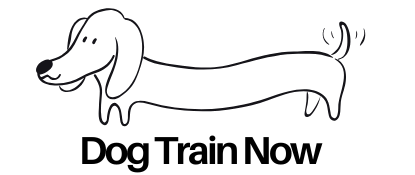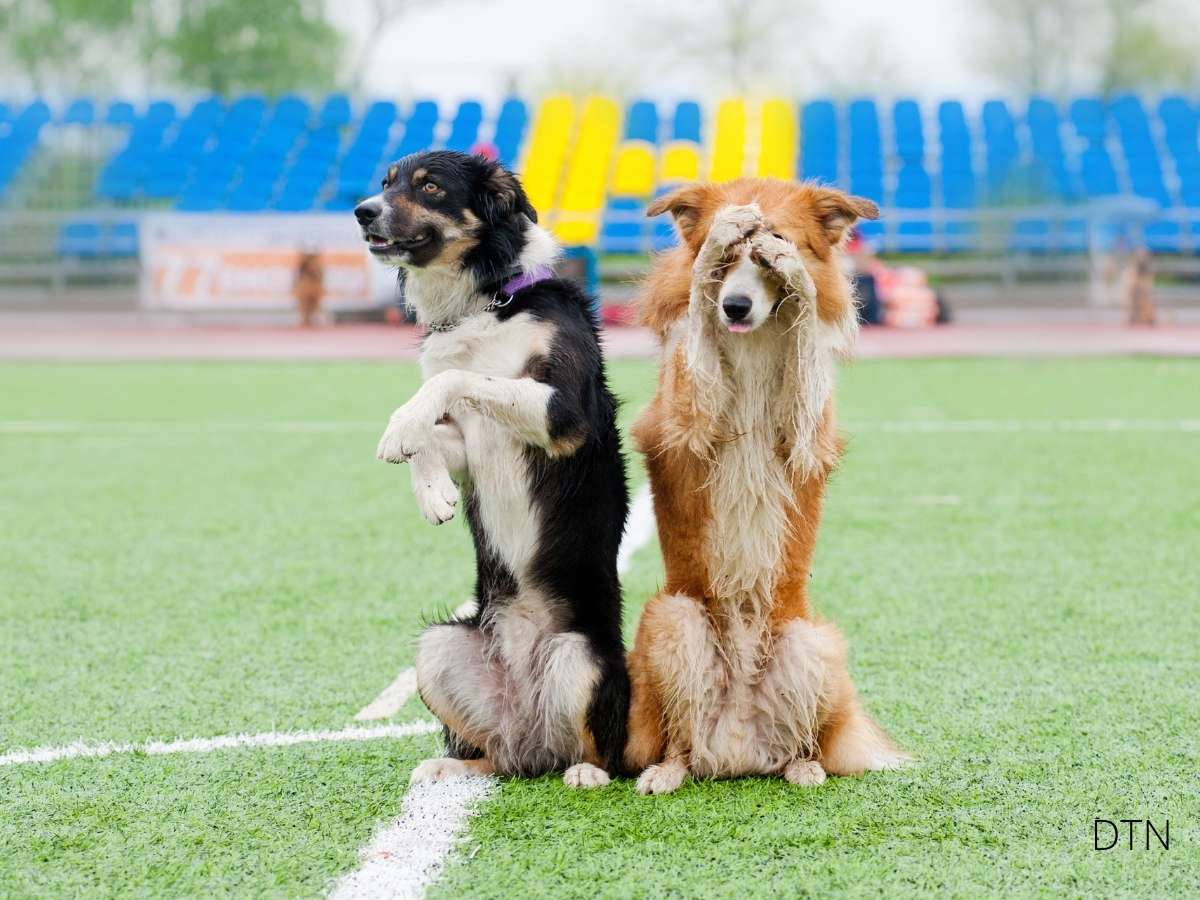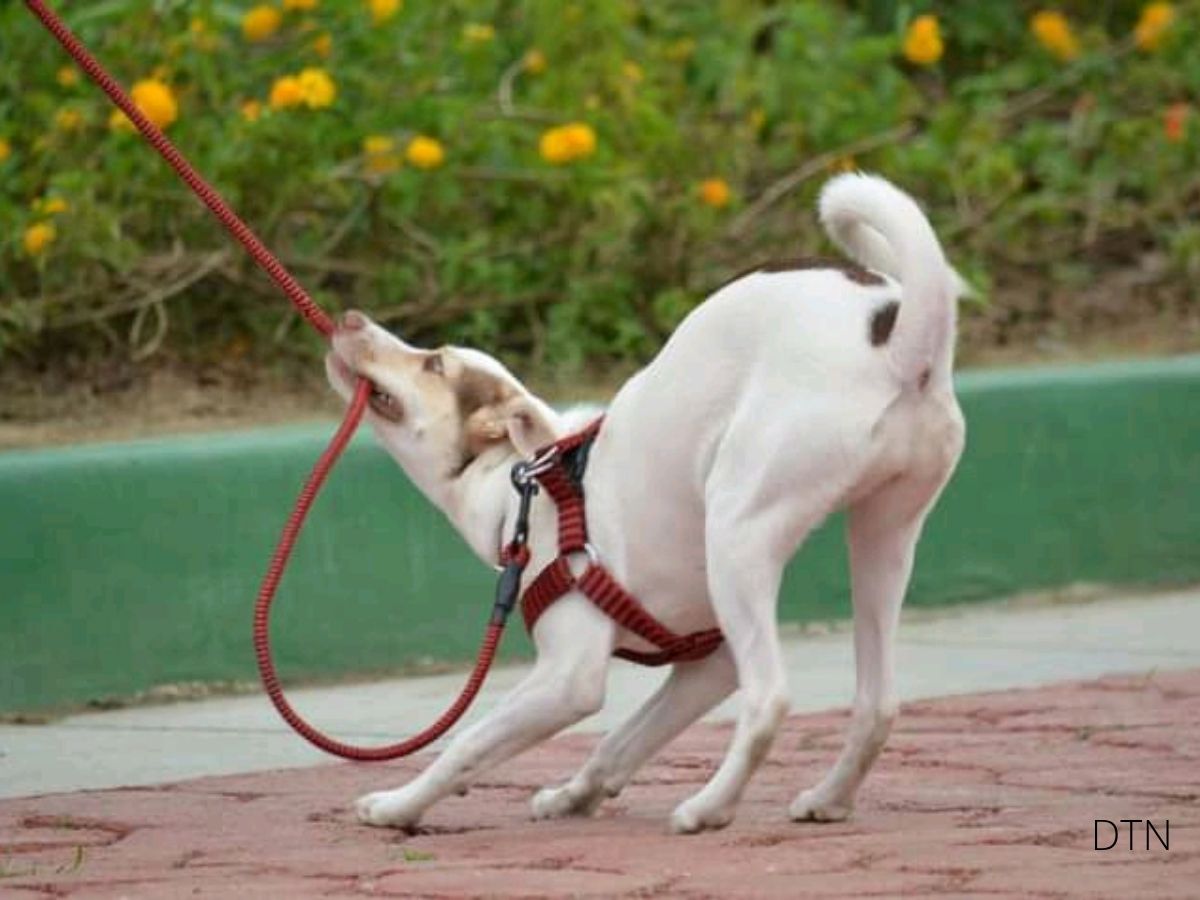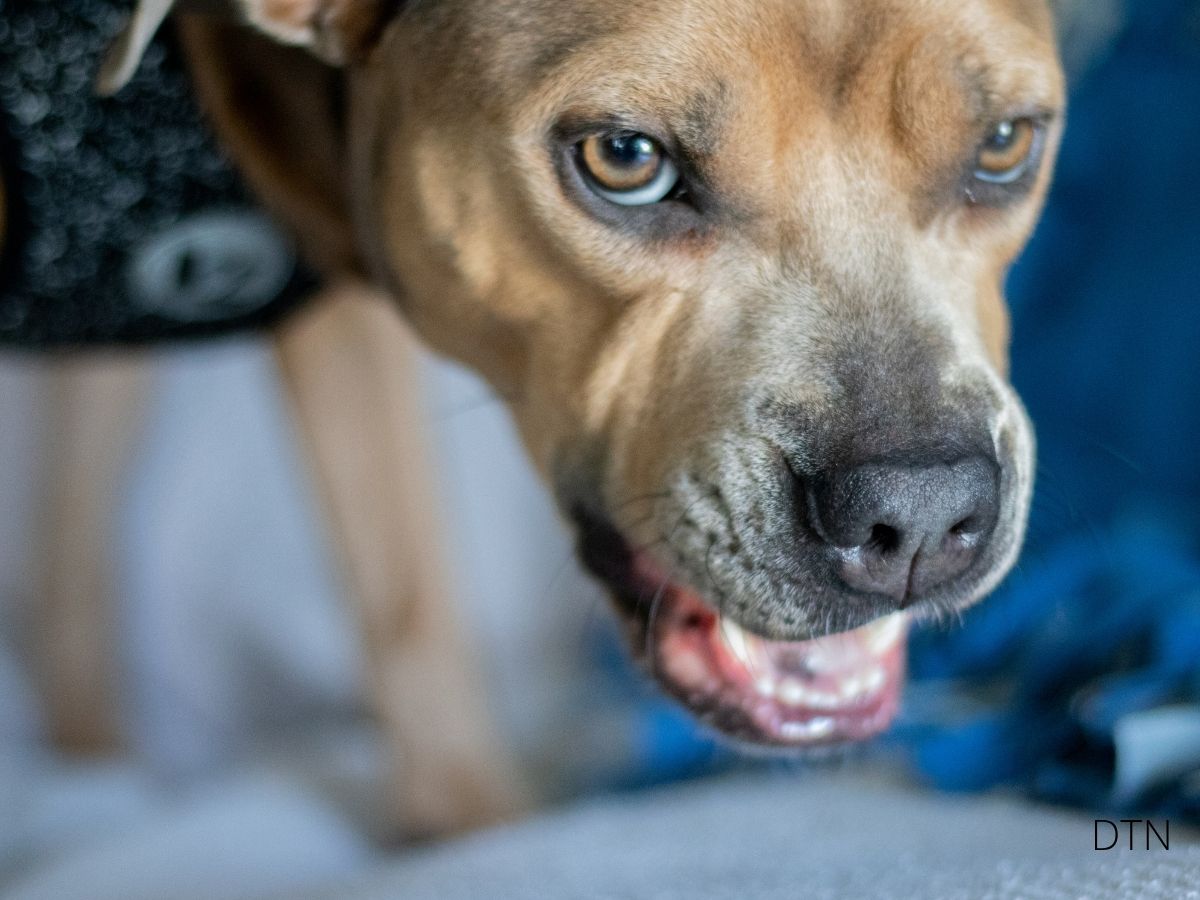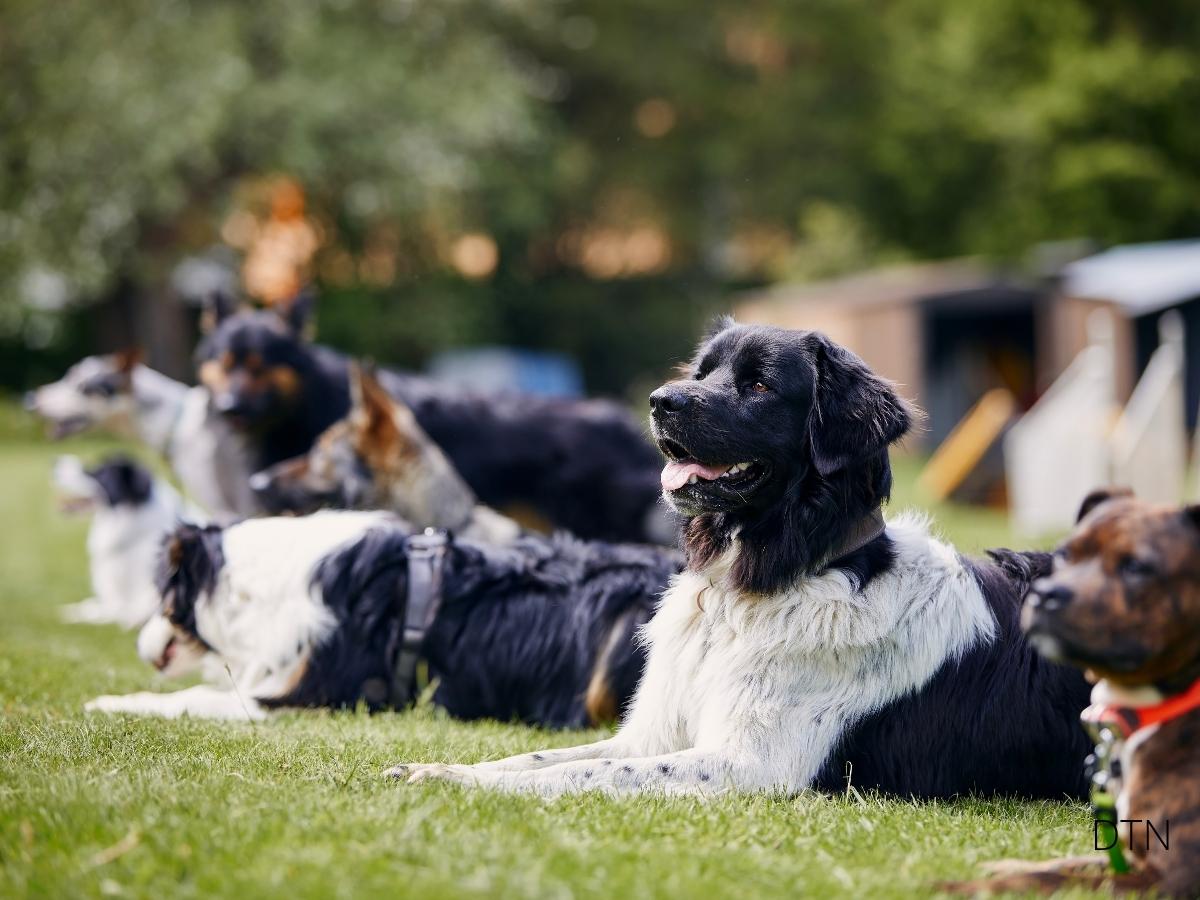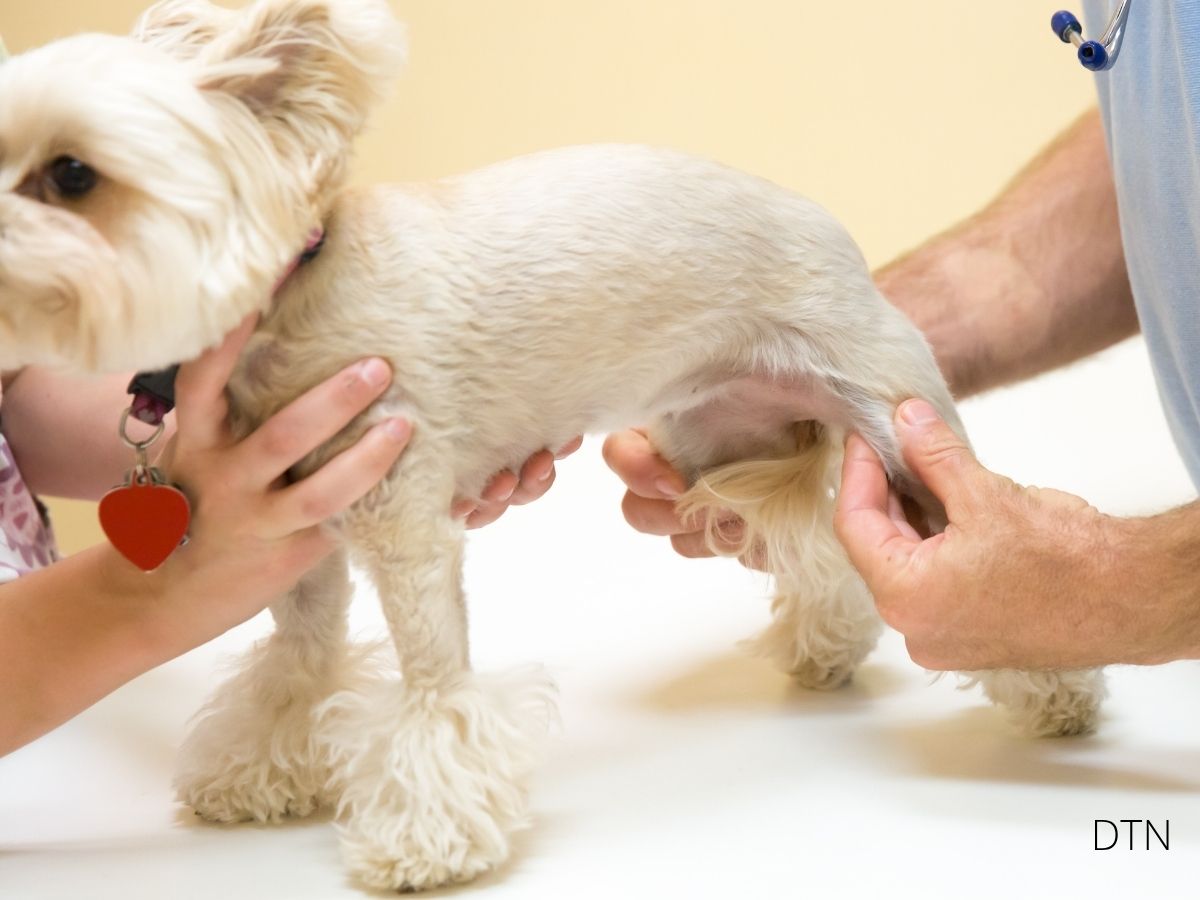Have you ever wondered why some dogs thrive in seemingly unsuitable homes? Picture a high-energy Border Collie contentedly napping in a studio apartment, or a hunting-bred Beagle perfectly satisfied with short neighborhood walks. These remarkable dogs challenge everything we thought we knew about breed-specific needs and reveal fascinating truths about adaptability, resilience, and the hidden costs of environmental mismatch.
The Foundation: Temperament & Adaptability
Your dog’s ability to flourish in less-than-ideal circumstances begins with temperament—those inherited personality traits that emerge during their first year. Think of temperament as your pup’s emotional blueprint, determining how they’ll handle life’s curveballs.
Key traits that promote adaptation:
- Emotional stability: Dogs with steady emotional baselines buffer against inadequate enrichment
- Cognitive flexibility: Problem-solvers who create their own enrichment when bored
- Moderate sensitivity: Neither too reactive nor too aloof
- Self-regulation: The ability to calm down independently
You might notice this in a naturally calm Golden Retriever who adjusts seamlessly to apartment living, while a more reactive individual struggles. These cognitively flexible dogs become architects of their own enrichment, transforming mundane environments into engaging playgrounds through sheer mental creativity 🧠.
Resilience—that remarkable capacity to bounce back—separates dogs who merely survive from those who genuinely thrive. It’s not about accepting poor welfare; it’s about maintaining psychological well-being despite imperfect circumstances.
Breed Predispositions: When Genetics Meet Reality
Not all breeds adapt equally to environmental challenges. Your Cavalier King Charles Spaniel carries centuries of genetic programming for human companionship and adaptability. Meanwhile, that magnificent Siberian Husky next door descends from endurance runners—a heritage that doesn’t compress easily into suburban living.
Higher adaptability breeds:
- Companion breeds (Cavaliers, Pugs): Genetically selected for proximity over activity
- Toy breeds (Maltese, Yorkies): Often content with indoor enrichment
- Giant breeds (Great Danes, Mastiffs): Surprisingly low energy requirements
Breeds often struggling with mismatch:
- Herding dogs (Border Collies, Australian Shepherds): High drive and mental needs
- Northern breeds (Huskies, Malamutes): Built for endurance
- Terriers (Jack Russells): Intense prey drive in compact packages
But here’s where it gets interesting—individual variation within breeds can be enormous. Epigenetics reveals how early experiences actually alter gene expression. A puppy’s first weeks create molecular changes influencing lifelong stress responses. This means genetically identical puppies raised differently might show dramatically different adaptation capacities as adults 🐾.
The Power of Human Connection
Your interaction style profoundly impacts your dog’s coping ability. Think of yourself as either a stress buffer or stress amplifier—there’s rarely neutral ground. Dogs with emotionally attuned, consistent handlers show remarkable resilience even in suboptimal environments.
Interaction styles promoting adaptation:
- Structured routines: Predictability reduces anxiety
- Emotional attunement: Reading and responding to emotional states
- Clear communication: Consistent expectations reduce confusion
- Positive reinforcement: Building confidence through success
The quality of your bond acts as a powerful mediator between environmental stress and welfare outcomes. Research shows dogs with secure human attachments display lower stress responses to challenges, better emotional regulation, and improved immune function. This bond literally helps your furry friend weather environmental storms that might overwhelm a less-connected dog.
The dog lives for the day, the hour, even the moment.
– Robert Falcon Scott
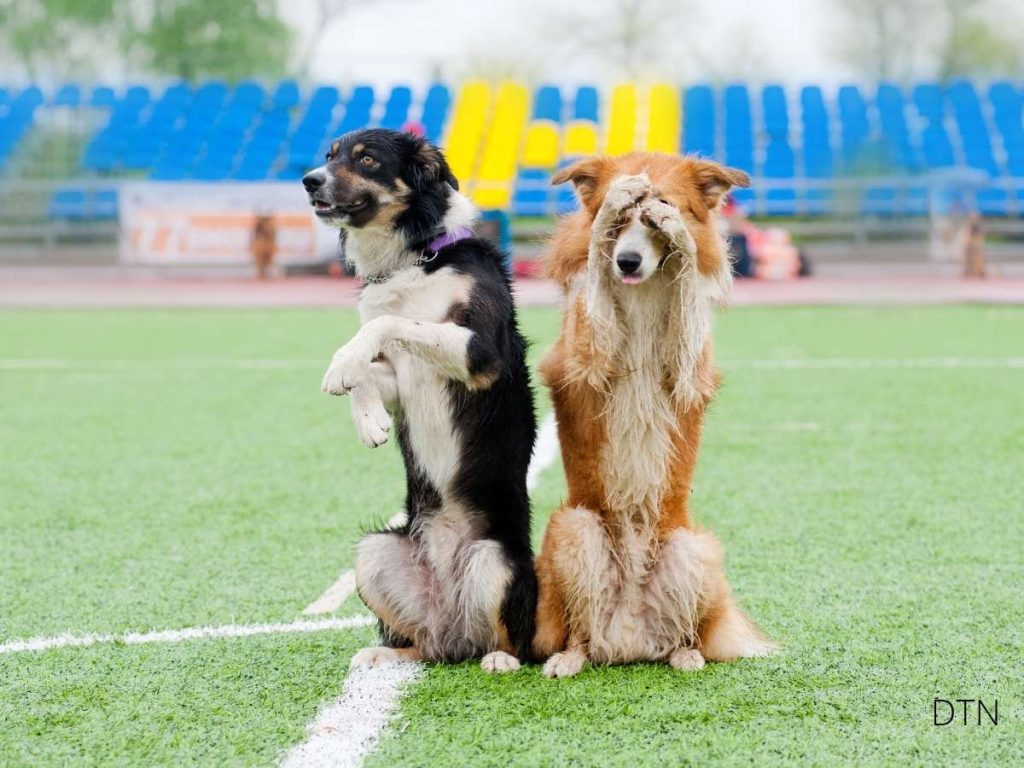
Reading the Hidden Signs
Your dog constantly communicates their coping status—you just need to decode the signals. While some indicators are obvious (destructive behavior, excessive barking), others are subtle and easily missed.
Signs of successful adaptation:
- Behavioral flexibility between activities and rest
- Appropriate play without obsession
- Deep, restorative sleep patterns
- Healthy appetite without desperation
Red flags indicating poor coping:
- Displacement behaviors (excessive grooming, pacing)
- “Awake but motionless” behavior (potential depression)
- Hypervigilance (never fully relaxing)
- Social withdrawal or learned helplessness
Here’s the concerning part: dogs appearing to thrive might be paying hidden physiological costs through “allostatic load”—the wear and tear from constantly adapting to suboptimal conditions. Even that cheerful Labrador seeming fine with minimal exercise might maintain behavioral normalcy while experiencing:
- Elevated cortisol levels
- Compromised immune function
- Increased inflammation
- Accelerated aging
These hidden costs can lead to earlier onset of age-related diseases and reduced lifespan. It’s not meant to alarm you, but to highlight why meeting needs matters even when dogs seem “fine” 🧡.
Building Resilience Through Enrichment
When physical environment falls short, mental enrichment becomes crucial. Think of it as giving your dog’s brain a workout when their body can’t get one.
Effective enrichment strategies:
- Puzzle feeders: Transform every meal into a brain game
- Scent work: Tap into natural abilities regardless of space
- Training sessions: Continuous learning keeps minds sharp
- DIY enrichment: Cardboard boxes become entertainment
Just as humans learn coping strategies, dogs can be taught resilience-building skills. Start with impulse control games teaching delayed gratification, then progress to problem-solving tasks building cognitive flexibility. You’re essentially teaching that temporary frustration leads to better outcomes—a crucial life skill.
The human-dog relationship itself becomes a powerful intervention. Synchronized walking, grooming rituals, and training as communication all deepen bonds that buffer against stress. A dog with strong human connection has portable security traveling with them regardless of setting.
Optimizing Your Environment
Living in a small apartment doesn’t doom your dog to poor welfare—it requires creativity and intentionality. Many dogs thrive in small spaces when needs are met through thoughtful management.
Small space optimization:
- Use vertical enrichment (wall-mounted puzzle feeders)
- Create indoor agility courses with household items
- Establish consistent, high-quality outdoor routines
- Rotate room access to maintain novelty
Remember, a small space with engaged owners often provides better welfare than a large yard with neglectful ones. Your involvement matters more than square footage.
Dogs thrive on routine, but rigid schedules create stress when disrupted. The solution? Predictable flexibility—consistent patterns with built-in variation teaching adaptation while maintaining security. Same wake/sleep times with varied midday activities, meals at consistent times but varied presentation, familiar walking routes explored differently.
Making Better Matches
Modern adoption programs recognize breed alone poorly predicts environmental fit. Individual assessment tools evaluating temperament, resilience, and stress recovery provide better matching potential. Key dimensions include:
- How quickly dogs bounce back from stressors
- Reaction intensity to novel stimuli
- Frustration tolerance levels
- Problem-solving approaches
Better matching isn’t about finding “perfect” dogs but matching individuals with appropriate homes. A dog with lower adaptability isn’t inferior—they need more carefully matched environments.
Post-adoption support recognizes adaptation as a process, not an event. Regular check-ins, training resources, and behavior support help families navigate challenges before they become crises.
The Bottom Line
While some remarkable dogs do outperform their environments through resilience, cognitive flexibility, and human bonds, this doesn’t mean we should be cavalier about environmental fit. The hidden costs—allostatic load, subtle stress indicators, long-term health implications—remind us that just because a dog can adapt doesn’t mean they should have to.
Your responsibility is providing the best possible environment while recognizing perfection isn’t always achievable. When gaps exist, bridge them through enrichment, strong relationships, and careful management. Know your individual dog—not just their breed, but their unique personality, history, and needs.
Build relationships that buffer against stress. Provide mental enrichment when physical environment falls short. Monitor for hidden stress signs. Most importantly, remain committed to continuous welfare improvement, even when your dog seems to be managing fine.
Your dog’s adaptability is remarkable but shouldn’t be taken for granted. Understanding resilience science and environmental mismatch reality helps you make informed decisions supporting your furry friend throughout life. Every dog deserves an environment meeting their needs, and when that’s impossible, they deserve our most thoughtful efforts to bridge the gap 😄.
